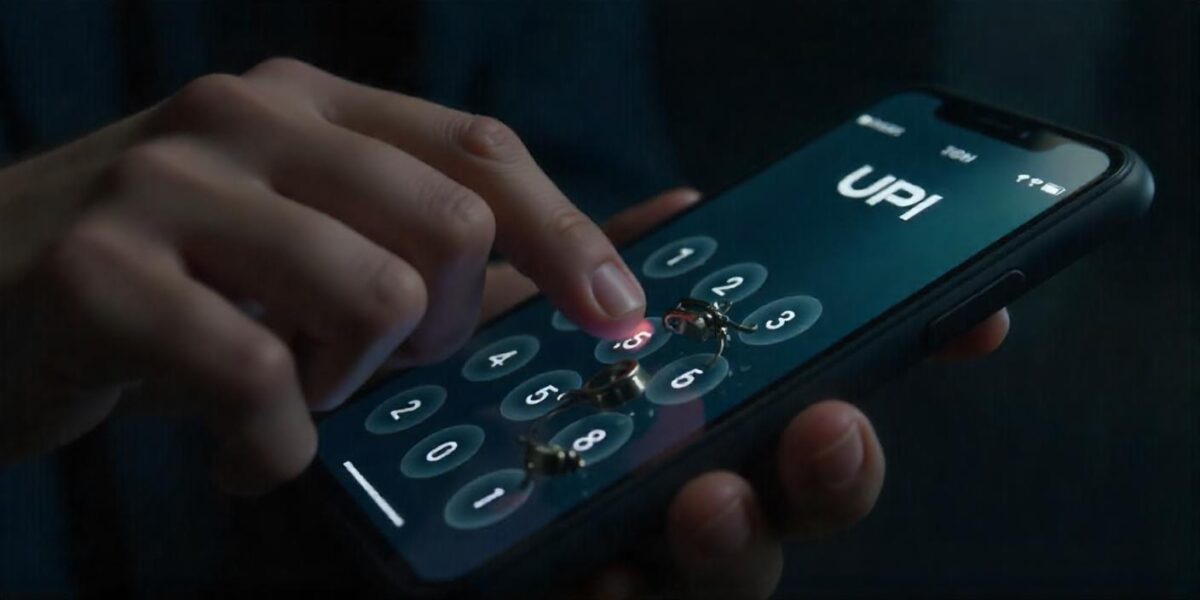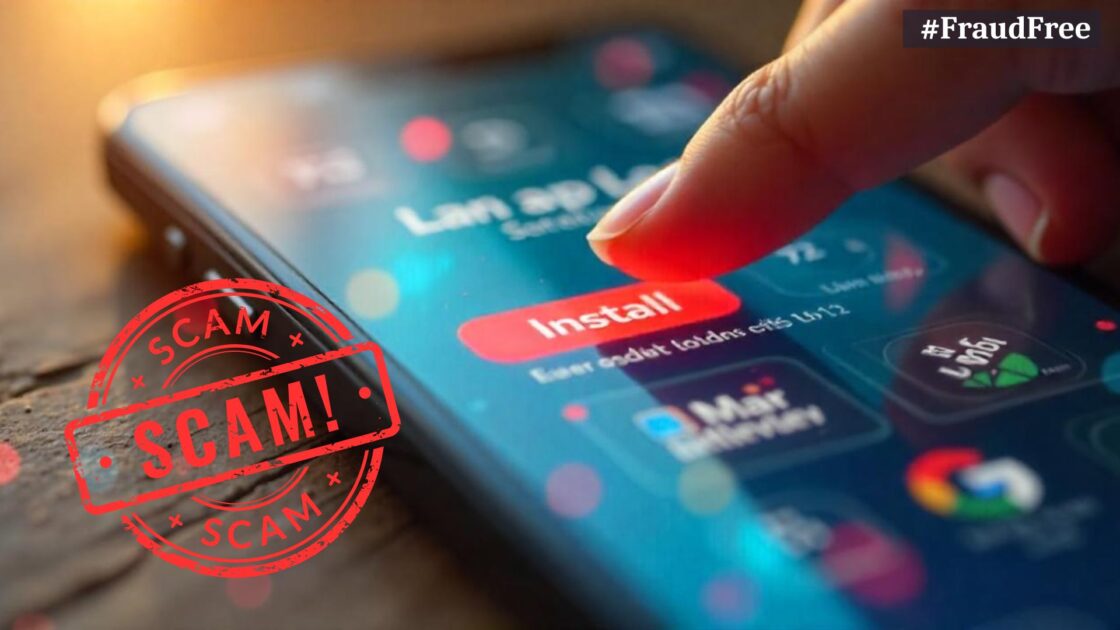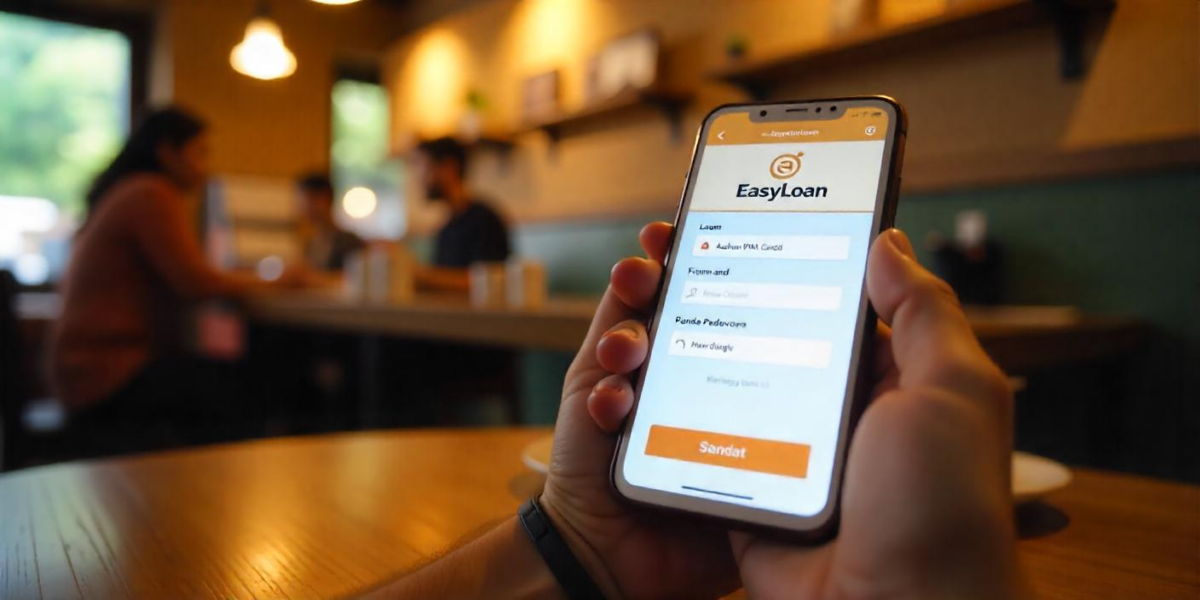Rahul was in the middle of a busy workday when his phone buzzed with a call from an unknown number. He almost ignored it, but picked up at the last second.
“Rahul beta, I’m Tarun Mehta, your father‘s old friend,” the voice on the other end said warmly. “He told me if I ever needed anything in Mumbai, I should reach out to you. I’m in a bit of trouble, son.”
Rahul hesitated. His father had plenty of contacts. Maybe this was real. “Oh, okay. What happened, uncle?”
“I had a medical emergency, and I need to transfer some money from my account, but my UPI isn’t working. Can you send me ₹25,000? I’ll return it in an hour.”
There was a desperation in his voice that made Rahul feel guilty for even doubting. Without thinking twice, he opened his UPI app, entered the number, and sent the money.
A few minutes later, his phone buzzed again.
“Beta, I feel terrible asking, but the hospital is insisting on an advance. Can you send ₹30,000 more? I promise I’ll return it all by tonight.”
Rahul started feeling uneasy. He quickly called his father.
“Papa, do you know someone named Mr. Mehta?”
Silence. Then his father said, “No. Who is this?”
Rahul’s heart sank. He opened his UPI app to check the transactions, and his worst fear was confirmed: the number belonged to a random account holder. The money was gone.
The Rise of P2P UPI Scams
Rahul’s experience isn’t unique. Scammers are getting smarter, and the rise of P2P (peer-to-peer) transactions has made their job even easier.
Once the money is sent, it’s incredibly difficult to retrieve, making this scam one of the most dangerous out there.
One common trick fraudsters use is the overpayment scam. You receive a small amount, say ₹200, from an unknown number, followed by a message: “Oops! I sent this by mistake. Can you return it?”
The unsuspecting victim refunds the money, but the scammer manipulates the transaction or convinces them to send back more than they received.
Another classic method is the jumped deposit scam. The fraudster deposits a small amount into your account and then sends a fake collection request. The moment you enter your UPI PIN, your money disappears.
And then there’s the worst of them all, the fake customer support scam.
Someone calls pretending to be from your bank, says your KYC is incomplete, and urges you to update it immediately.
They guide you to a fraudulent app or a fake link, where you unknowingly give them full access to your account.
Why These Scams Work
The reason these scams are so successful is simple: they prey on urgency, trust, and lack of awareness. When people believe they’re helping someone in an emergency, their logical thinking takes a backseat. Scammers know this and exploit it ruthlessly.
With UPI, transactions happen instantly, and once the money is gone, recovering it is nearly impossible. While banks have fraud protection measures, it’s difficult to track and retrieve money in real-time.
How to Protect Yourself
Rahul learned his lesson the hard way, but you don’t have to. Here’s what you can do to stay safe:
- Always verify unknown numbers before sending money. Call back, ask questions, and confirm their identity.
- Never share your UPI PIN with anyone. Not even a so-called ‘bank representative.’
- Avoid acting in haste.
- Check official websites for customer support numbers instead of trusting unsolicited calls or messages.
- Enable transaction limits in your banking app so that even if someone tries to scam you, they won’t be able to take large amounts.
- Report it immediately. To get assistance in complaining about the case, register with us now.
The Aftermath
Rahul, sitting in front of his laptop, sighed, feeling a mix of anger and helplessness. He replayed the conversation in his head. The warmth in the scammer’s voice, the fake familiarity, it was all a well-rehearsed script.
This wasn’t just about money. It was about trust, about how easily it could be manipulated.
The next time his phone buzzed with an unknown number, he let it ring.







